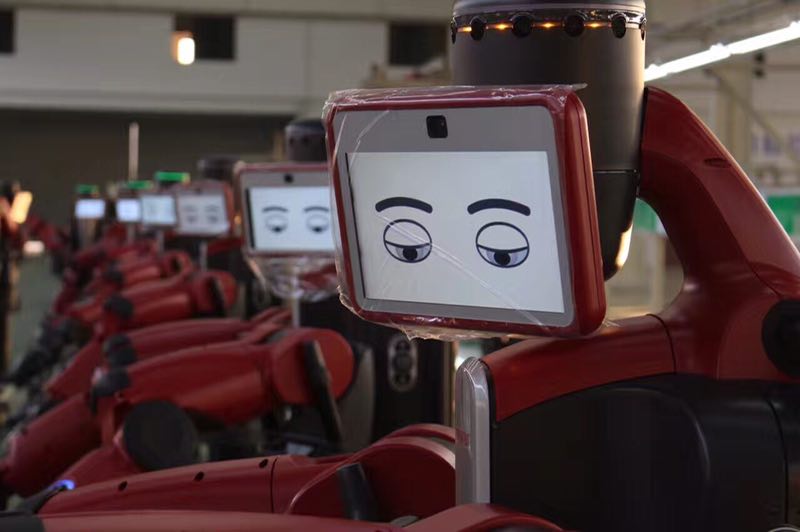Of course, I am filled with fear and anger at the political situation in the US, but we can’t forget about research and how it interplays with the innovation economy of the United States and other countries.
The short answer is that it takes longer than anyone thinks to get to deployment, and so sustained steady funding is necessary.
Here is a little example with a contribution (my first and last for this field) that I made 40 years ago, to a field that is now at the center of drones, agricultural robots, mobile robots, and geometric data modeling. But it took thirty years to start to get to be practical, and only now it is driving new applications every day.
March 1985 in St Louis, the IEEE ICRA (International Conference on Robotics and Automation). I published an invited, unrefereed, paper “Visual Map Making for a Mobile Robot”. At the same conference my friends in Toulouse, Raja Chatila and Jean-Paul Laumond had a paper “Position referencing and consistent world modeling for mobile robots”. We were both surprised by the others’ paper as we had invented the same thing, loop closing, which is the basis for SLAM (Simultaneous Localization and Mapping). I used vision (with no actual experiments), they used sonar, with experiments. They had a really quite bad way of making geometric inferences from the closing of a loop (the robot wanders around recording its position relative to obstacles as its position estimate drifts, and then it recognizes it is at a place it was in before and significantly corrects its estimate of where it must have been for all its intermediate observations). I had a much much much worse geometric inference mechanism. This inspired Randall Smith and Peter Cheeseman to chastise us (as is the way it works in science) for our stupidity and in 1986 publish a paper “On the Representation and Estimation of Spatial Uncertainty“, which made the idea practical-ish.
For the next 20 years, hundreds (certainly, perhaps more) people worked on really making it practical. But still, early this century, my hopeful “visual” map making was not really practical, 1-D Lidar worked-ish. Now with cheap GPUs by the hundreds, on cheap silicon, driven by the need for deep learning inference, it is practical at large scale. It is what makes my current company remotely possible.
Deployment at scale takes so much longer than anyone ever imagines. If you see someone with a new technology that is a barely working lab demo with PhD students baby-sitting it behind the scenes, and the they say it is going to change the world in two years, just laugh.

